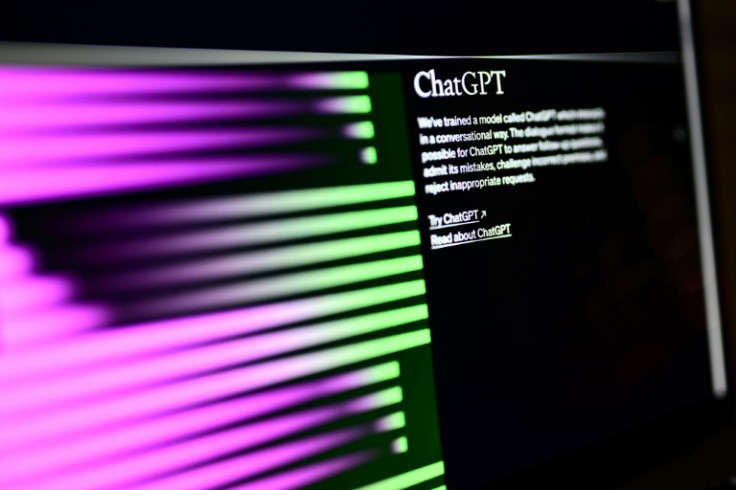AI Could Set The World Economy Into Another Virtuous Cycle Of Growth, Solving The Inflation Problem

In the modern history of humanity, the diffusion of breakthrough technologies has set the world economy into virtuous growth cycles--the spread of Artificial Intelligence (AI) isn't an exception to this rule.
AI systems will ease labor shortages, raise productivity, and fuel supply-side growth, solving the inflation problem.
Ease labor shortages
Labor shortages have become a new feature in many economies worldwide, including the world's largest economy, the U.S.
That's thanks to a combination of lower birth rates and the population aging that limit the number of working-age people and generous childcare subsidies that lower the labor force participation of parents.
According to the World Economic Forum, by 2030, there could be a global labor gap of over 85 million workers, constraining economic growth.
Labor shortages have been a headwind in central banks' efforts to control inflation as they exert upward pressures on wages and prices.
But AI can change the situation. It can take over jobs that require repetitive tasks. "AI offers a solution to this pressing issue," Keith Hartley, CEO, LevaData, told International Business Times. "Through automation and intelligent algorithms, AI can augment human capabilities, streamline processes, and bridge the labor gap."
Still, Dr. Justin E Lane, an academic researcher, cognitive scientist, and founder of CulturePulse AI), sees some limitations here. "GPT is a brilliant printing press," he told IBT. "It doesn't fix your plumbing. It doesn't design rockets; it doesn't clean your table after you're done eating - it just creates words on a screen for us and can help us create websites that can help us analyze data."
Raise productivity
Rising productivity is the critical driver behind the rapid use of GPT, AI, and all the large language models to perform tasks previously performed by humans.
"By freeing up human capital from repetitive and mundane tasks using spreadsheets and outdated, manual processes, AI empowers workers to focus on higher-value activities, driving innovation and enhancing productivity," Hartley explained. In addition, he points to an Accenture study that estimates that AI technologies could boost labor productivity by up to 40% by 2035.
"With AI-powered tools, businesses can analyze vast amounts of data, derive actionable insights, and make informed decisions with unprecedented speed and accuracy," he added.
Robert Mason, CEO of eXpanded, sees a broader impact of AI on organizations. "Artificial intelligence, when used properly in closed systems industrially, with proper control and guidance, can minimize downtime, maximize efficiency and planning, streamline the organization of available assets of all types," he told IBT.
Economists and business strategists know too well where higher productivity leads: lower costs and supply-side growth.
Supply side growth
Supply-side growth is when higher productivity and lower costs result in a larger supply of goods and services. It can eventually place the economy on a virtuous path of higher output, higher employment, lower unemployment, and lower inflation.
"One of the remarkable implications of AI-driven productivity and supply-side growth is the potential to alleviate inflationary pressures," said Hartley. "Traditionally, rapid economic expansion and increased demand have led to inflation. AI models hold the potential to break this conventional pattern."
That's a tailwind the world economy needs right now for central banks to bring inflation under control. "By improving efficiency, optimizing resource allocation, and minimizing wastage, AI enables businesses to meet rising demand without significant price increases," Hartley continued. "This is a huge benefit for consumers, as mitigating inflationary pressures promotes a stable and healthy economic environment."
That's the environment that is conducive to a virtuous cycle of growth, productivity, and sustainability. "By addressing labor shortages, raising productivity, and fueling supply side growth, AI paves the way for a brighter economic future," Hartley concludes. "It is imperative for businesses, policymakers, and society as a whole to embrace the transformative capabilities of AI and unlock its full potential for the betterment of our economies and the well-being of individuals worldwide."
© Copyright IBTimes 2025. All rights reserved.






















